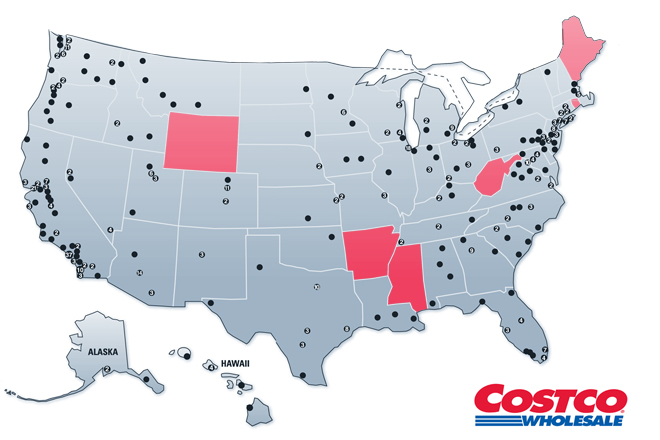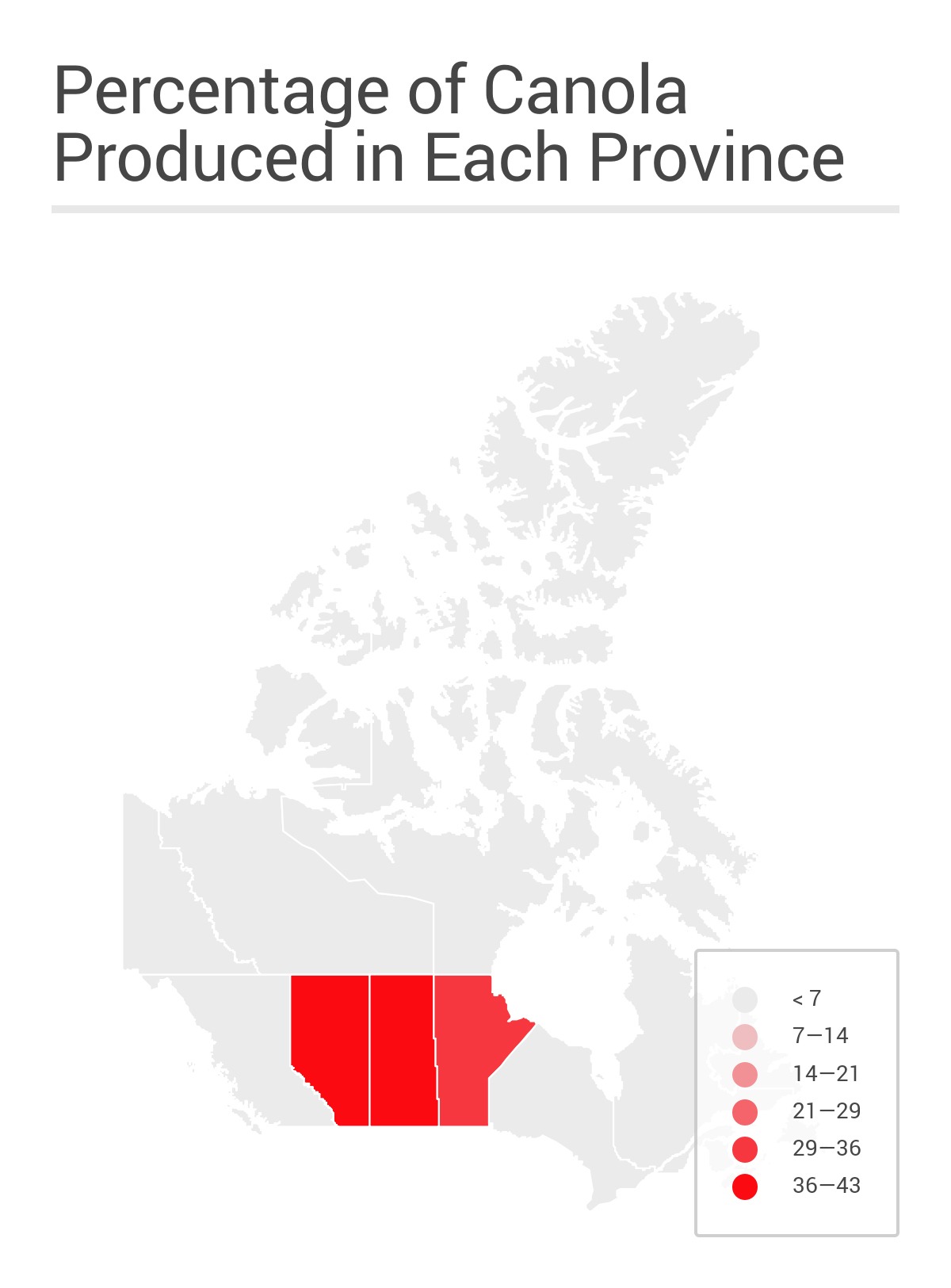Identifying Promising Business Locations: A Nationwide Map

Table of Contents
Analyzing Demographic Data for Business Location Selection
Understanding the demographics of your potential location is paramount. Factors like population density, age distribution, income levels, and consumer spending habits directly impact your business's viability. A deep dive into demographic data allows you to pinpoint areas where your target market thrives.
- Use census data and market research reports: Leverage readily available resources like the U.S. Census Bureau data to identify your target demographic. Supplement this with market research reports from companies like Nielsen or Statista for a more comprehensive understanding.
- Analyze population growth trends: Look beyond current numbers. Analyze population growth trends to predict future demand and ensure long-term sustainability for your business. A growing population often indicates expanding market opportunities.
- Consider disposable income and spending habits: Don't just focus on population size. Assess the disposable income and spending habits of the local population. This reveals the purchasing power within your potential customer base. Higher income levels and higher consumer spending in specific demographics are strong indicators of a promising location.
- Utilize online tools and mapping software: Visualize demographic data geographically using online tools and mapping software. Many platforms allow you to overlay demographic layers onto maps, creating a visual representation of your ideal customer base’s distribution.
Utilizing a Nationwide Business Opportunity Map
A nationwide business opportunity map is an invaluable tool for visualizing business density, competition levels, and potential opportunities across the country. These maps leverage location intelligence, often powered by Geographic Information Systems (GIS), to provide a bird's-eye view of the market.
- Explore online resources providing business location intelligence: Several online platforms offer business location intelligence data, including mapping tools that integrate demographic information, competitive analysis, and real estate data.
- Overlay various data layers: Don't just look at one data point. Overlay various data layers—demographics, competition density, real estate prices, and access to transportation—on a map to gain a holistic understanding of a given location.
- Identify areas with high potential but lower competition: The goal is to find areas with a significant target market but relatively less competition. This sweet spot offers higher chances of business success.
- Analyze proximity to target customers and suppliers: Consider the location’s proximity to your target customers and key suppliers. Proximity can reduce operational costs and improve efficiency.
Considering Local Infrastructure and Regulations
Evaluating the local infrastructure and regulatory environment is crucial. Factors like transportation access, utility availability, zoning regulations, permitting processes, and local taxes significantly impact business operations and profitability.
- Assess the quality of transportation infrastructure: Good transportation infrastructure—roads, highways, public transport—is essential for smooth logistics and easy accessibility for both customers and employees.
- Evaluate the availability and cost of utilities: Reliable and affordable utilities—electricity, water, internet—are critical for day-to-day operations. High utility costs can erode profit margins.
- Research local zoning regulations and building codes: Understand zoning regulations to ensure your business type is permitted in the chosen location and complies with building codes.
- Understand the permitting and licensing requirements: Navigate the permitting and licensing process for your specific business type within the locality. Delays or complications can significantly impact your launch timeline.
Real Estate Costs and Availability
Real estate costs and availability are major considerations. Analyze lease rates, property taxes, and the overall real estate market in your target locations. High property values or exorbitant lease rates can significantly impact profitability, while a lack of suitable commercial space can impede your expansion plans. Conduct thorough real estate market analysis to find the right balance between cost and location benefits.
Competitive Analysis and Market Saturation
Assessing the competitive landscape and market saturation is crucial for identifying areas with the highest potential for growth. A thorough competitive analysis reveals existing players, their strengths and weaknesses, and overall market saturation.
- Identify your main competitors: Identify your main competitors in different potential locations. Understand their business models, target markets, and market share.
- Analyze their strengths and weaknesses: Conduct a SWOT analysis of your competitors to identify opportunities to differentiate your business.
- Assess the level of market saturation: Determine the level of market saturation in various areas. High saturation suggests increased competition, while less saturated markets offer greater opportunities for growth.
- Develop a competitive advantage: Identify what makes your business unique and how you can leverage that to stand out from the competition.
Conclusion
Identifying promising business locations requires a systematic approach, combining the use of a nationwide map with meticulous analysis of demographic data, infrastructure, regulations, and the competitive landscape. By thoroughly researching and analyzing these key factors, you can significantly increase your chances of finding the ideal location to launch and grow your business. Find your ideal location today and map your path to business success! Start your nationwide business location search now, and discover the promising business locations that await you.

Featured Posts
-
 Ukraine Conflict Putin Declares Ceasefire For Victory Day
May 10, 2025
Ukraine Conflict Putin Declares Ceasefire For Victory Day
May 10, 2025 -
 Analyzing Trumps Stance On Transgender Service Members An Examination Of The Ban
May 10, 2025
Analyzing Trumps Stance On Transgender Service Members An Examination Of The Ban
May 10, 2025 -
 10 Unbeatable Film Noir Movies A Critics Picks
May 10, 2025
10 Unbeatable Film Noir Movies A Critics Picks
May 10, 2025 -
 La Fire Victims Face Housing Crisis Landlord Price Gouging Allegations Rise
May 10, 2025
La Fire Victims Face Housing Crisis Landlord Price Gouging Allegations Rise
May 10, 2025 -
 Metas Whats App Spyware Verdict A Costly Setback But Not The End
May 10, 2025
Metas Whats App Spyware Verdict A Costly Setback But Not The End
May 10, 2025
Latest Posts
-
 The Epstein Client List And Ag Pam Bondi Unanswered Questions Remain
May 10, 2025
The Epstein Client List And Ag Pam Bondi Unanswered Questions Remain
May 10, 2025 -
 Did Ag Pam Bondi Possess The Jeffrey Epstein Client List An Examination Of Claims
May 10, 2025
Did Ag Pam Bondi Possess The Jeffrey Epstein Client List An Examination Of Claims
May 10, 2025 -
 Chinas Canola Shift New Sources After Canada Dispute
May 10, 2025
Chinas Canola Shift New Sources After Canada Dispute
May 10, 2025 -
 Us Attorney Generals Fox News Presence A Distraction From Other Issues
May 10, 2025
Us Attorney Generals Fox News Presence A Distraction From Other Issues
May 10, 2025 -
 Beyond Epstein Examining The Us Attorney Generals Frequent Fox News Appearances
May 10, 2025
Beyond Epstein Examining The Us Attorney Generals Frequent Fox News Appearances
May 10, 2025
